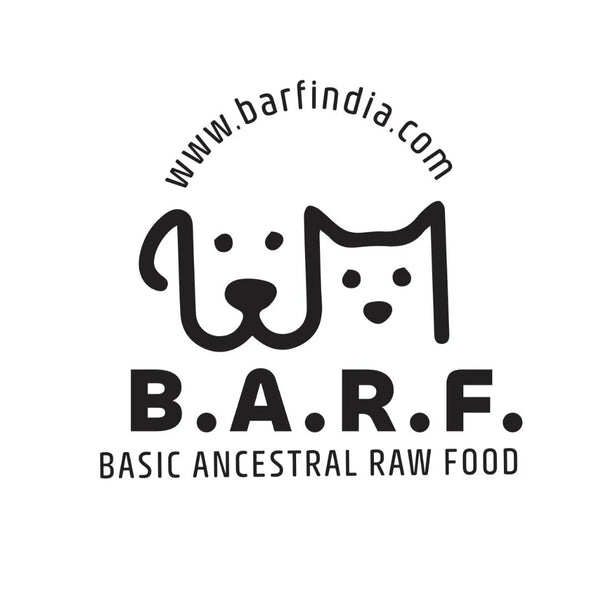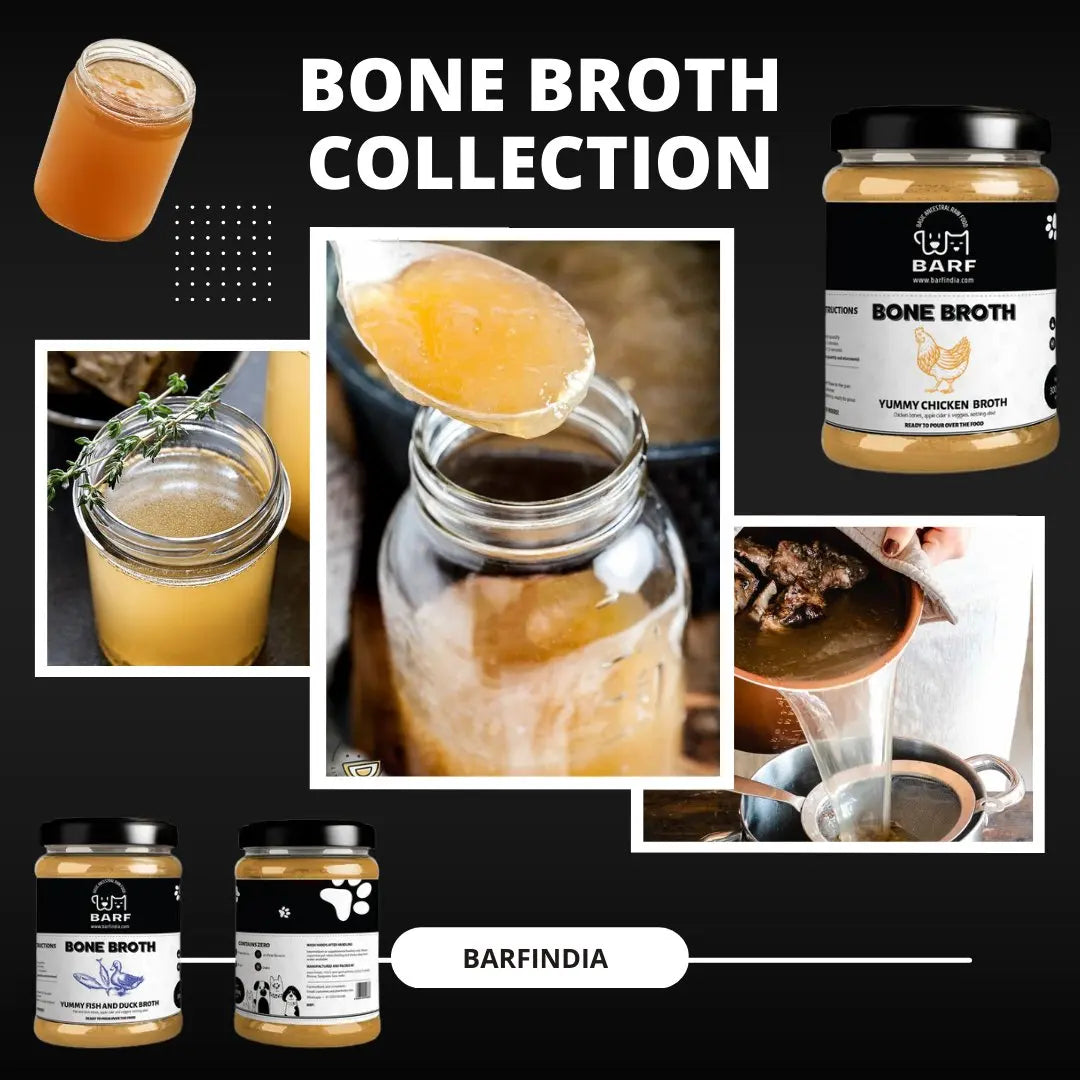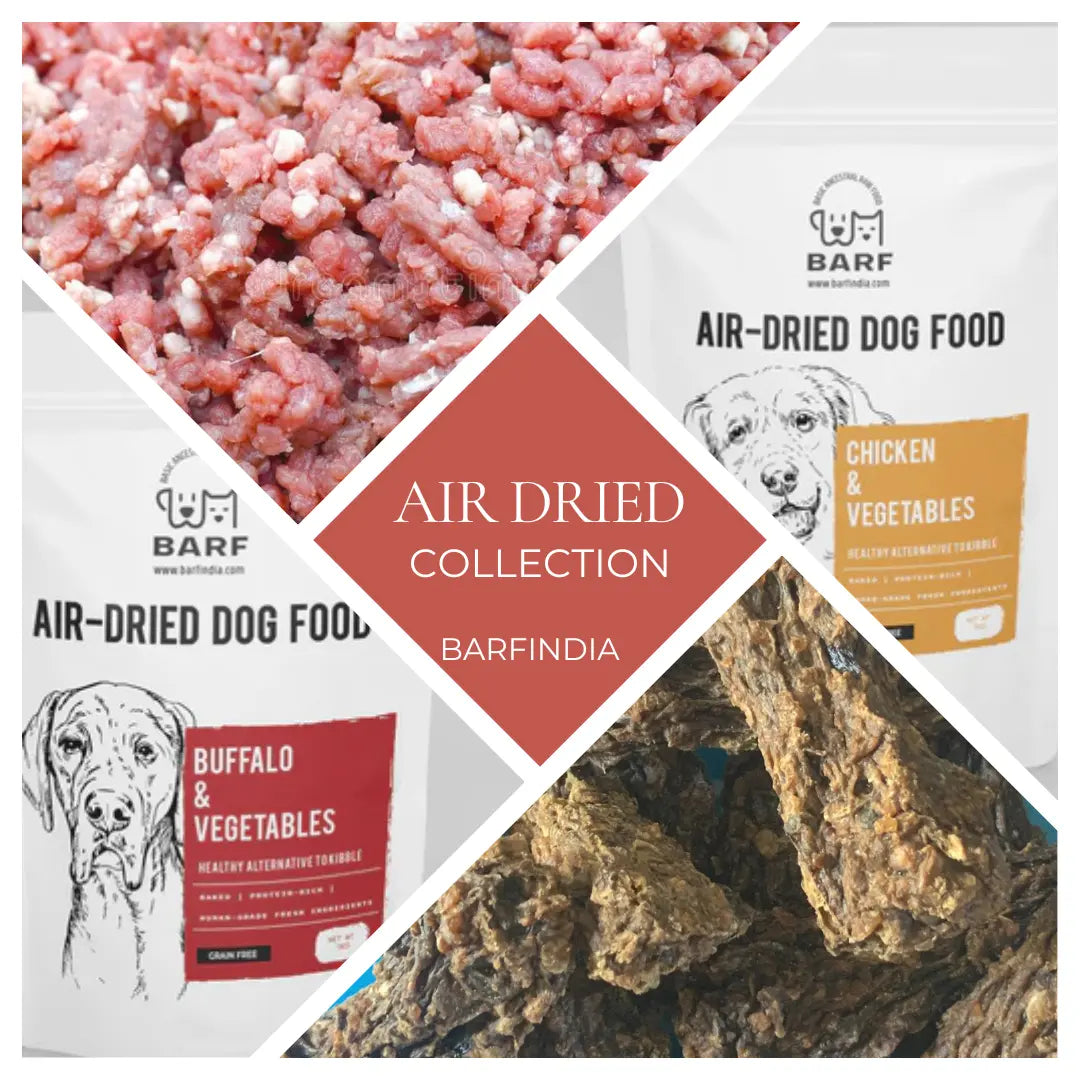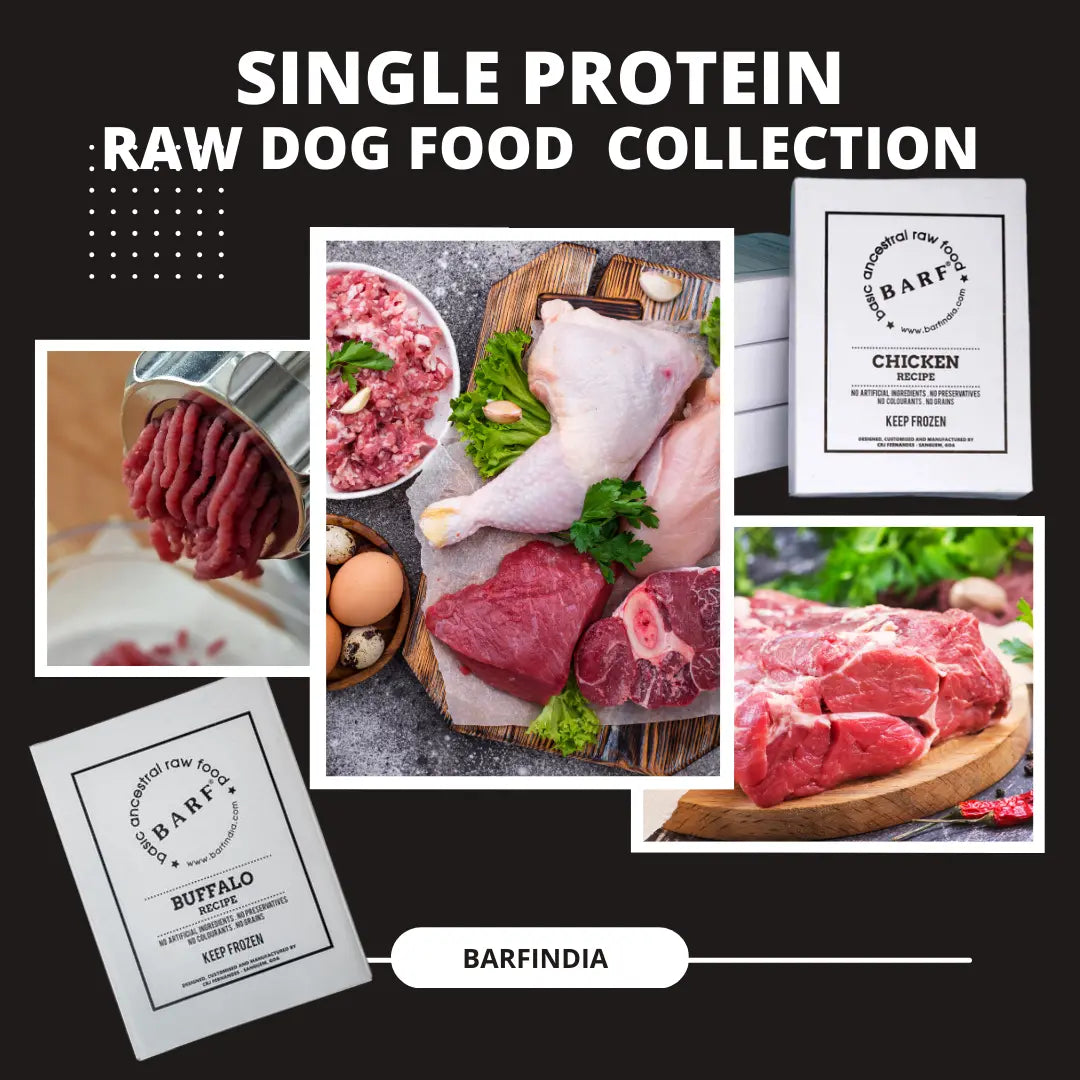BARF vs PMR for Raw-feeders
B.A.R.F. India AdministratorBARF vs PMR – Which Raw Feeding Model is Right for Your Dog?
BARF (Biologically Appropriate Raw Food or Bones and Raw Food) and PMR (Prey Model Raw) are the two primary models of raw feeding for dogs. While the concept of Raw Feeding is gaining momentum in India, many pet parents remain unsure about which model is more beneficial for their dogs.
At BARF India, we believe that embracing a raw diet—whether PMR or BARF—is a significant shift in how we care for our pets. But like all change, it faces resistance. Unfortunately, this resistance can trickle down to our pets, often doing more harm than good.
Let’s break down the differences between BARF vs PMR, so you can make an informed choice based on your dog’s unique needs.
What is the PMR Model?
The Prey Model Raw (PMR) diet mimics what a dog would eat in the wild. It includes:
-
Raw muscle meat
-
Raw meaty bones
-
Organs (secreting and non-secreting)
-
Connective tissue, hide, fat, and occasionally, hair or feathers
PMR excludes all plant matter, dairy, or synthetic supplementation. It's based on the belief that dogs don’t need fruits or vegetables and can get everything they need from the carcasses of prey animals.
Challenges with PMR:
-
Sourcing variety: Hard to find multiple protein types in India.
-
Risk of nutrient deficiencies: Especially manganese, which is abundant in parts like hair, feathers, and hide—rarely fed.
-
Cost: Diverse proteins and organ meats can be expensive and hard to manage long term.
Many PMR feeders do very well, but it requires meticulous planning, sourcing, and rotation.
What is the BARF Model?
The BARF diet includes:
-
Muscle meat
-
Organ meat
-
Plant matter like vegetables and fruits
-
Trace minerals and supplements
-
Bi-weekly Raw Meaty Bones (RMBs)
BARF believes in balancing the ancestral diet with modern nutritional insights. While dogs may not digest raw vegetables as efficiently, when pureed or lightly steamed, they can provide essential nutrients missing from even grass-fed meat.
Why BARF Works:
-
Fills nutrient gaps with fruits and vegetables (e.g., manganese from spinach or blueberries)
-
Easier to manage with flexible ingredient sourcing
-
Supports ligament and joint health through broader mineral inclusion
-
More economical for Indian pet parents with limited protein access
BARF India recommends rotating protein sources, adding plant matter in moderation (about 10% of the diet), and feeding RMBs twice a week.
Understanding the BARF and PMR Raw Feeding Models
| Aspect | PMR | BARF |
|---|---|---|
| Plant Matter | ❌ None | ✅ Included |
| Supplements | ❌ None | ✅ Used |
| Raw Meaty Bones | ✅ Yes | ✅ Yes |
|
Nutritional Variety |
Limited by sourcing | Broader via supplements & plants |
| Practicality in India | Moderate to difficult | Easier to manage |
Addressing Common Concerns
You may wonder: Is BARF too modern or artificial? Does PMR better respect a dog’s instincts?
Well, even wolves consume plants indirectly through the stomachs of prey. And just like us, dogs today are not living in the wild—they depend on us to meet their complex nutritional needs.
If you’re concerned about pesticides in Indian vegetables and fruits, apply the same caution you would for your own food: wash them well, source organic where possible, and use moderation.
My Personal Preference
At BARF India, we lean toward the BARF model—because it’s flexible, practical, and nutritionally safer in the long run. A blend of raw meats, organs, plant matter, and essential supplementation helps support every aspect of your dog’s health, from bones to ligaments, skin, and gut.
It’s Your Choice—But Make It an Informed One
Whether you choose PMR or BARF, the goal is the same: to feed your dog a species-appropriate, raw diet that supports lifelong health. Every dog is different. Try both approaches. Watch how your dog responds. And adapt accordingly.
Final Thoughts from BARF India
Feeding raw is not a trend—it’s a return to a more natural way of nourishing your pet. Whether you go with BARF or PMR, rotating protein sources, avoiding over-reliance on one meat, and listening to your dog’s individual needs is what matters most.
We’d love to hear what’s working for you. Share your experience with BARF or PMR feeding in the comments or write to us. Let’s grow our community and raise healthier pets—naturally.
Happy Feeding!



